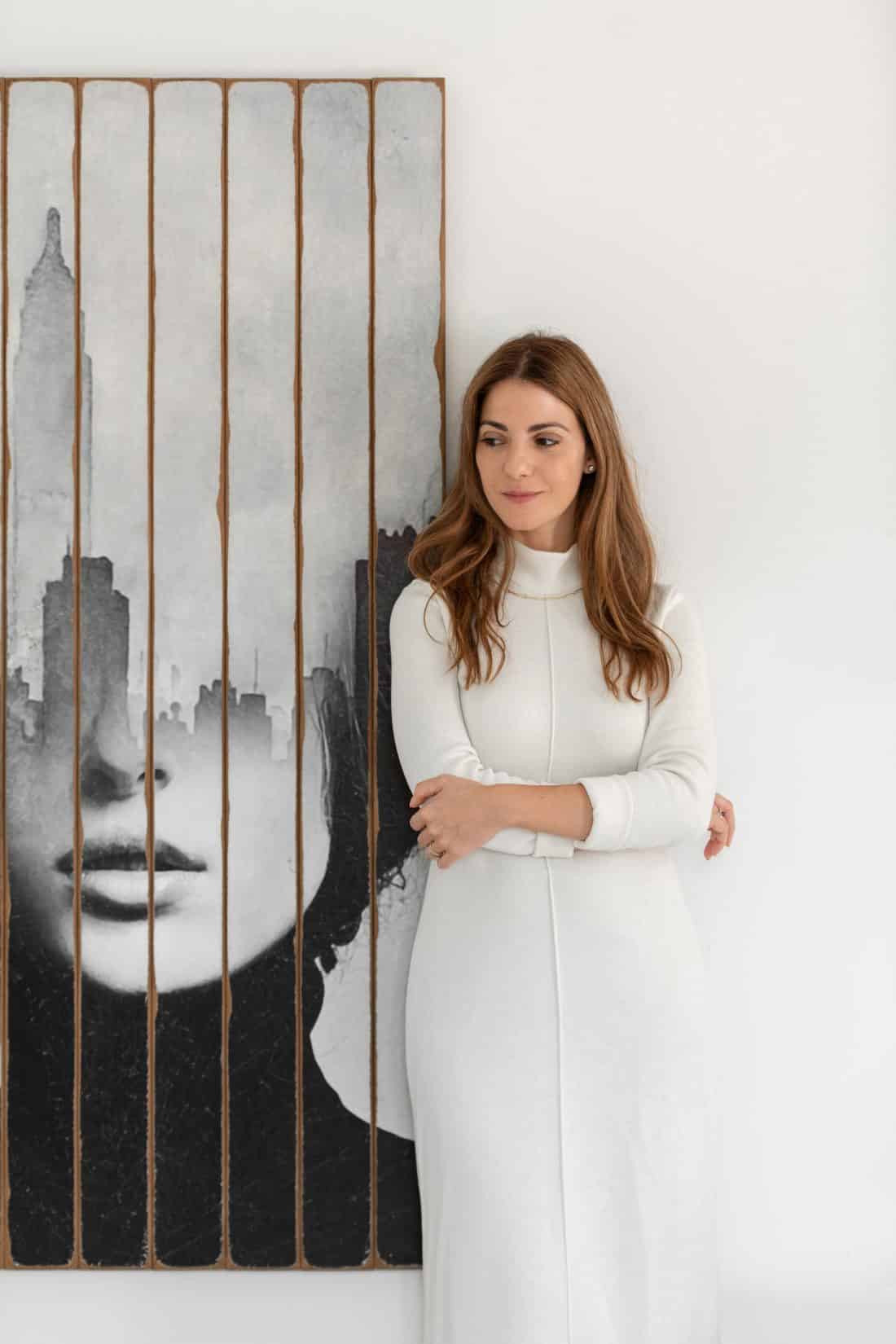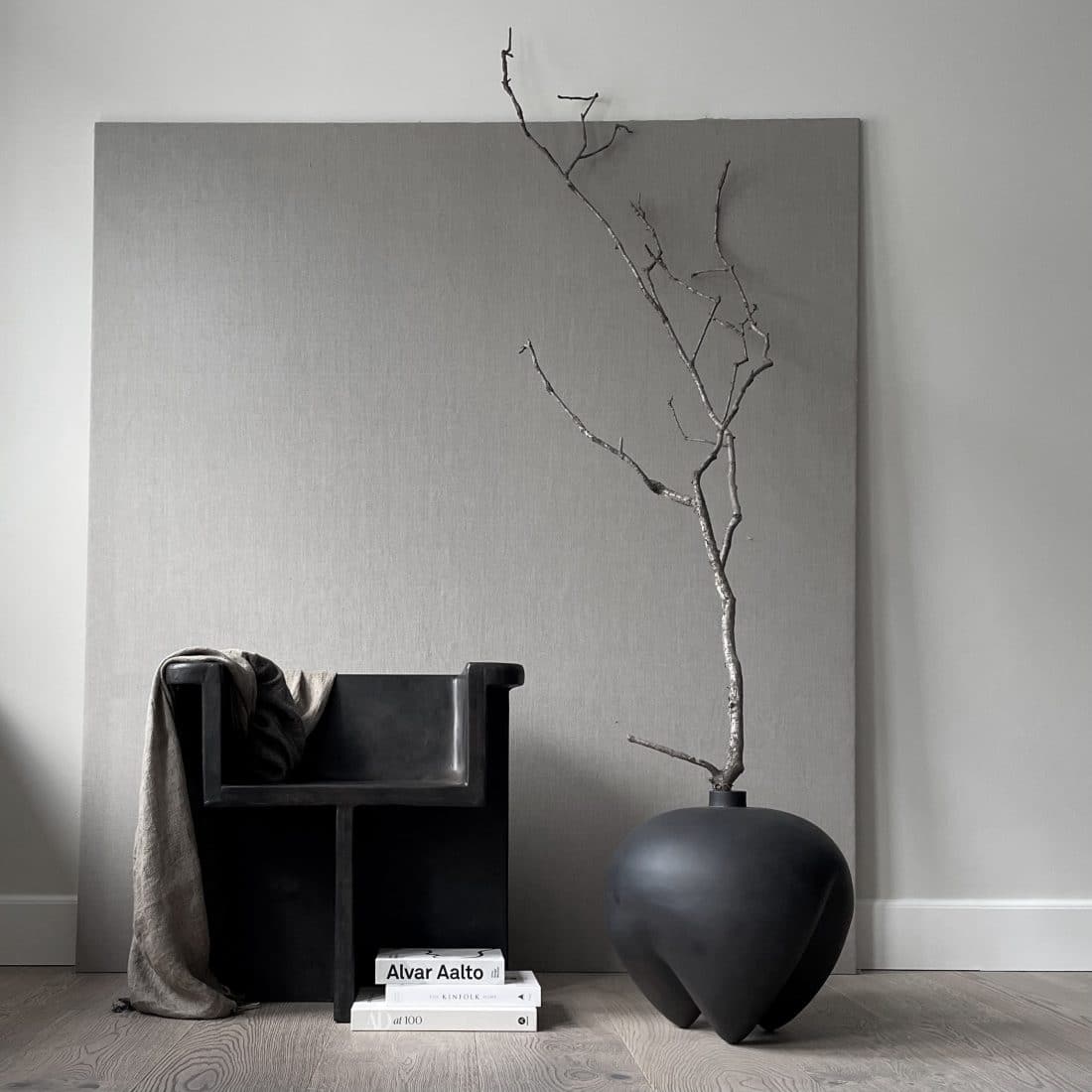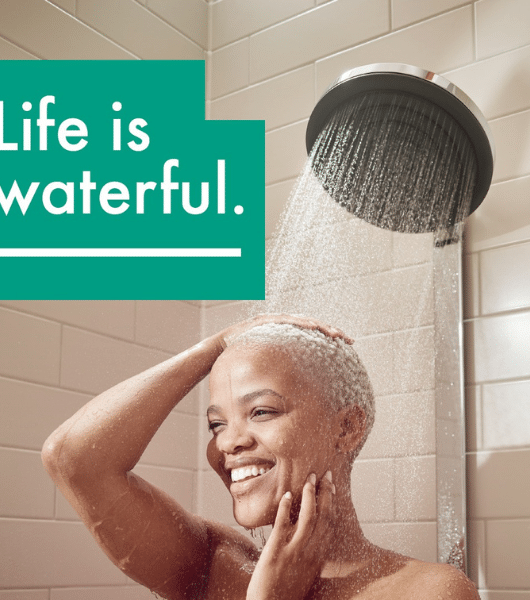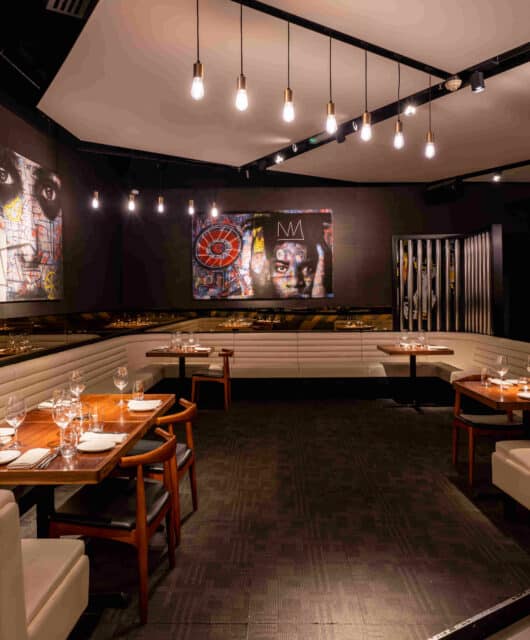 The Bowery Company’s founder, Christiane Nasr, discusses her new showroom, the importance of having a digital presence, and the brand’s expansion goals
The Bowery Company’s founder, Christiane Nasr, discusses her new showroom, the importance of having a digital presence, and the brand’s expansion goals
What was your inspiration behind The Bowery Company?
In September 2014, I was walking through the Bowery Avenue, in New York – a super edgy avenue running through Manhattan – and I saw many industrial lightings fixture shops along the avenue and I got the idea of bringing these to Dubai. At the time, there were not many designer shops or brands in the U.A.E. catering to this style. I came back to Dubai and without even working on a business plan – I ordered my first container of furniture and home accessories! After that, I registered my license and launched operations on February 24, 2015.
Could you tell us about your new showroom and what it has to offer your clients?
Our new 5000sqft flagship concept store in Dubai’s Al Quoz district is home to our showroom, an inhouse built warehouse facility, a coffee shop as well as an innovative workspace environment for our interior designers’ community. We strive to be an innovative multi-disciplinary design space with like-minded people to gain inspiration and give a sense of at-home.
What importance do you place on e-commerce and digital space?
E-commerce is without any doubt the future of shopping, but I believe that digital retailing is morphing into something new that we can identify as omnichannel retailing and us retailers if we don’t adopt this new perspective, we are likely to be swept away quickly. Today customers are deals savvy, they enter a shop and want to compare with prices online through different platforms. As a retailer we need to interact with customers through countless channels: website, physical store, social media, direct mailing etc.
 What’s the most challenging part of your job?
What’s the most challenging part of your job?
Nowadays I would say logistics and the disruption of the supply chain, as shipping is going through its worst crisis in 60 years, a surge of demand at the end of 2020 has led to delays, port traffic jams fuelled by a shortage of supply which has driven shipping rates to skyrocket as retailers and exporters are outbidding one another for a limited amount of space aboard cargo vessels from and to Asia. This has driven shipping rates to rise fivefold on a year-to-year basis. Given that we import from Europe we are facing a challenging time to get a booking aboard vessels en-route to Asia via the UAE and we have to plan our restocking of furniture 6 months in advance vs less than 45 days previously.
Do you have any tips for people when they’re buying furniture?
Start to conceptualise how you want your space to look and what you expect it to bring you, do some research, pin some Pinterest boards for inspiration and trust your instincts! As you build up your home, certain pieces will just want to be next to one another, to stand out on their own but also to interact and be part of a bigger whole. You would have succeeded in your curation process when your collection fosters a conversation between two pieces that at first had nothing in common. Also look for raw unfinished pieces and imperfection, you will learn to love them with time, your interior will feel more authentic, less “polished”, in the aesthetic of the wabi-sabi.
How has the idea of furniture changed during the COVID era?
Since COVID-19, people have shifted their vision of their home, many have overlooked decorating or investing in it, being busy at work or travelling, and since the surge of COVID-19, deep lifestyle changes have happened which had a profound effect on the way we work and shop which have led people to seek for an upgrade in comfort and style and improve functionality at home and thus investing more into new furniture.
How do you choose designers and products that compliment your own aesthetic and the style of your store?
I like to curate pieces, it is a lengthy process and is not just about pick-and-pack objects and selling them to the local market deliberately. Curating should follow a defined process that involves research, critical investigation and discovery. It is a deeply personal experience, where the curator is on a mission that requires a definable voice to create an engagement with the audience that resonates far beyond his personal responses to the objects.
What is your favourite piece and why?
I have a strong bias toward the Japandi aesthetics which is a blend of Scandinavian and Japanese minimalism that encompasses products that value craftsmanship, simplicity and functionality. Recently, we became the regional distributor of 101 Copenhagen, a Danish brand that anchors its true essence to the Japandi style. Their latest AW21 collection is just stunning with beautiful organic shapes and colours. I am very fond of their Brutus collection which pays a tribute to the New showroom Brutalist architecture of the mid-20th century, and their sumo collection of vases that celebrates the human body. As a reference to the Japanese sport Sumo, all vases are voluminous in size and shape, resting on top of narrow pointing legs.
 Who are your major clients?
Who are your major clients?
Are there any projects you’re currently working on that you’re very thrilled about? We have a vast audience of B2C clients who I would say are mainly Emirati who have been very faithful to us since our launch seven years ago, but also a large and growing part of our clients are expatriates. We work a lot on projects with interior design firms and with the major real estate developers in the UAE, we also cater large scale projects in the hospitality sector with many coffee shops and hotels across the country using our products. We have recently received a growing number of requests for projects abroad mainly in Saudi Arabia, Oman, Kuwait, and Bahrain that we are looking to develop further.
Where do you see the future taking you, especially with regard to both general design and the direction of your company?
Most likely the next step for The Bowery Company will be to have a strong presence in Saudi Arabia – physically as well as online. Our reach is already implemented there as we have clients who we deliver to as well as working on specific projects with interior design firms and in the hospitality sector, however, we would love to maximise on that in the near future and to also have a physical presence there.







